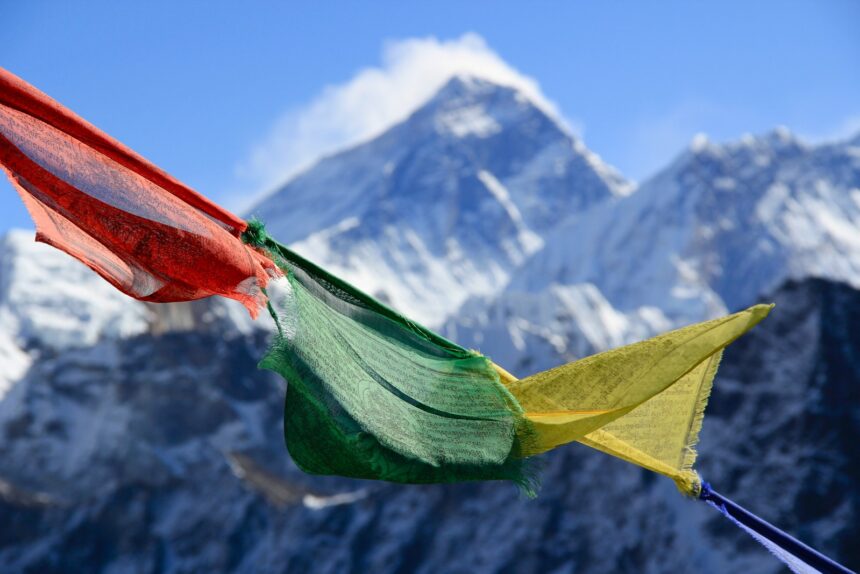Nepal has become the latest South Asian nation to descend into turmoil, adding to India’s growing list of regional concerns. Prime Minister KP Sharma Oli resigned this week after more than 20 people were killed in clashes between security forces and protesters angered by a controversial social media ban. Demonstrators stormed parliament and set fire to politicians’ homes, prompting the army to impose a nationwide curfew in Kathmandu.
For India, the upheaval in Nepal is particularly significant. The two countries share deep historical, cultural, and economic ties, including a 1,750-kilometre open border across five Indian states. Millions of Nepalis live and work in India under a special treaty that allows visa-free movement, while more than 30,000 Gurkha soldiers from Nepal serve in the Indian army. This close relationship means instability in Nepal has immediate consequences for Delhi, both strategically and socially.
Indian Prime Minister Narendra Modi expressed grief over the violence, calling the loss of young lives “heart-rending” and urging peace. He also convened an emergency security meeting, underscoring the gravity of the crisis. Analysts note that India was once again caught off guard, much as it was during Sri Lanka’s 2022 political collapse and Bangladesh’s uprising last year. Nepal’s unrest comes just a week before Oli was due to visit Delhi, raising concerns over India’s ability to anticipate shifts in its neighbourhood.
Nepal’s strategic position makes the situation even more complex. Experts highlight that the Western Theatre Command of China lies directly across the border, with key routes into India’s Indo-Gangetic plains passing through Nepal. Both India and China have long competed for influence in Kathmandu, and accusations of foreign meddling are fueling public anger. The uncertainty over what kind of government will replace Oli only heightens Delhi’s diplomatic dilemma.
Beyond geopolitics, the crisis also underscores wider discontent among Nepal’s youth, who face limited opportunities and growing frustration with their political leaders. Experts suggest India must do more to engage young Nepalis, offering education and job opportunities while managing disputes such as the long-standing border map controversy. With relations already strained with Bangladesh, Pakistan, and Myanmar, Nepal’s collapse threatens to stretch India’s regional diplomacy even thinner at a time when stability in South Asia is already in jeopardy.

